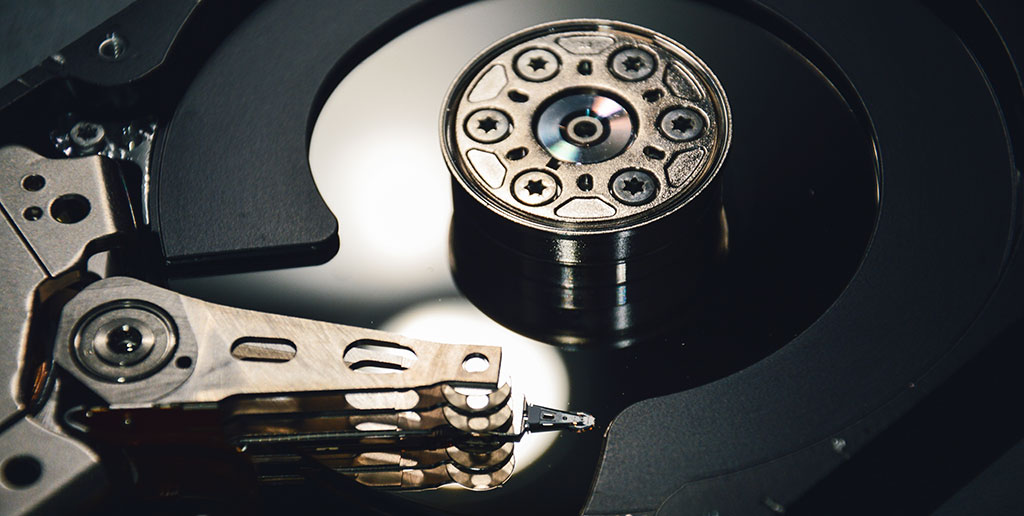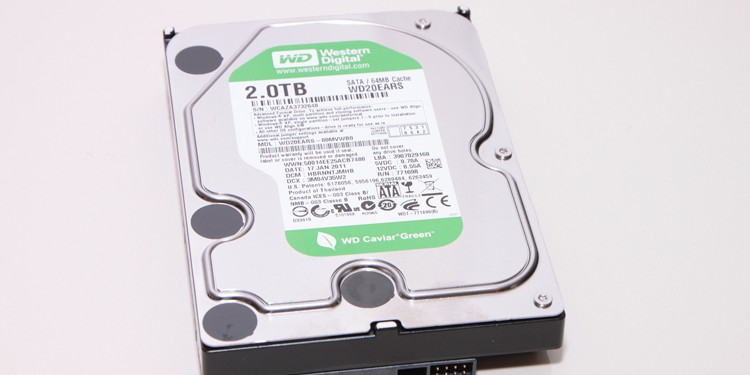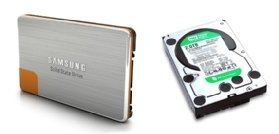

The bulk of “cold” or archival data, as well as backup data, can live in quiet obscurity on attached USB hard drives. In short, the C: drive volume runs best and fastest on SSD. As consumers, we need a few things handled at maximum speed, like operating system files, game level loads, work-in-progress files, and so on, and a comparatively small amount of SSD storage is great for all of that. Fewer people need to maintain content locally, especially in the consumer space, which is why Nidec shows the most HDD erosion from the consumer market. Video infamously consumes the lion’s share of stored bytes, but the same sort of consolidation and deduplication, if you will, plays out across the dataverse. Millions of users can pull millions of viewings from a relatively few copies distributed across global servers, requiring a tiny fraction of the hard drives previously required. Today, streaming services render DVR unnecessary. (According to Nielsen, that particular crossover arrived in 2016.) When a show aired on TV, millions of people might record it for later viewing, resulting in millions of show copies on millions of hard drives. Think back 10 years, when living room DVRs supplied far more video to consumers than streaming services did. Despite the rampant growth of SSDs in the enterprise market, datacenter hard drive shipments are actually growing. These figures almost exactly match the same crossover and levels revealed by the IHS SSD and HDD Storage Market Tracker in July.īut take a closer look at that Nidec chart, and you’ll see why hard drive makers Seagate and Western Digital won’t be closing up shop anytime soon.


Statista numbers echo Nidec, showing SSD units (360 million) outstripping HDD units (330 million) for the first time in 2021.

Nidec’s graph speaks for itself: During calendar year 2020, the industry is projected to move roughly half as many hard drives as it did in 2014. Arguably the biggest bombshell to drop in this space came with 2018 financial disclosures from Nidec, which manufactures most of the world’s hard drive spindles. Yes, hard drive shipments are in trouble, and their slower performance compared to SSD technology is largely to blame. Hear that sound? That’s the death knell for hard drives … right? Not so fast The current move from Serial ATA (SATA) to the NVM Express (NVMe) interface, which today enables 5 times the performance, only sweetens the SSD proposition.


 0 kommentar(er)
0 kommentar(er)
